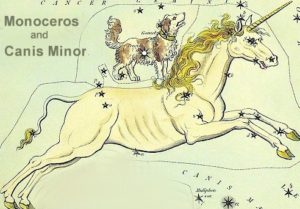Monoceros, resembles the shape of a unicorn, when stars in this constellation are imaginarily connected, as per Indian mythology!
Where should I see…Orion, is the constellation which is towards west of Monoceros constellation. If you move your eyes towards east, you will see other constellation named Hydra and Canis Minor. In the North of Monoceros, you will find Gemini and in South, Puppis, Canis Major and Lepus constellations respectively. Monoceros is halfway above and halfway below celestial equator. It is considered as part of Northern as well as Southern Hemisphere.
towards east, you will see other constellation named Hydra and Canis Minor. In the North of Monoceros, you will find Gemini and in South, Puppis, Canis Major and Lepus constellations respectively. Monoceros is halfway above and halfway below celestial equator. It is considered as part of Northern as well as Southern Hemisphere.
It covers up 482 square degree area of the sky. Area wise it is 35th largest constellation in the sky.
When and What can I see…We can gaze at this beautiful unicorn shape of Monoceros constellation from September to May, as seen from India.
seen from India.
All you need is your naked eyes other than clear skies to see 151 stars of this constellations, as they are the one which are brighter than the lower limit of our naked eyes (i.e. 6.5 apparent magnitude) to see faintest stars.. The brightest star of this constellation is Alpha Monocerotis.
Constellations are made up of single, binary (apparent and absolute), multiple and variable stars. Out of total 151 stars of different types, here is the list of 20 brightest stars as per their nature:
| Binary / Multiple Star system | Variable Stars |
Binary and Variable Stars | Single stars |
| 7 | 3 | 2 | 8 |
Mythology stories…As per Hindu mythology, there are no such known stories for this constellation.
Deep Sky Objects…

Butterlfly Nebula or NGC 2346 || Planetary Nebula

Cone Nebula || Difffuse Nebula

Dreye’s Nebula or IC 447 || Reflection Nebula
All the stars that we see naked eyes, all belong to our own, Milky way galaxy (Akash Ganga Tara Vishv). Bright stars can be seen naked eye and faint one through telescope. But the curtain of sky that we see in 2D is actually a huge universe we are talking about, with 3 dimension. There are many nebulous objects visible in every constellations. They differ widely by distances and nature. Like Emission Nebula, Reflecting Nebula, Absorption Nebula, Star Birth Nebula, Supernova Remnants (SNR) and Open Stars cluster which are within the disk of our own Milky Way galaxy. Globular cluster are also found, which are in the halo of our galaxy and some most distant objects like galaxies are also visible through telescope. Such objects are defined as “Deep Sky Objects”.
In this constellation there are 61 such different types of Deep Sky Objects observed. Below is the list of 20 brightest Deep Sky Objects:

Hubble’s Variable Nebula or NGC 2261 || Variable Reflection Nebula

M50 or NGC 2323 || Open Cluster

NGC 2170 || Reflection Nebula
| | Galaxy | Open Cluster | Globular Cluster | Nebula | Supernova Remnant | |
| Naked eye visibility | – | 2 | – | 3 | – | |
|
| Visible through Telescope | – | 3 | – | 12 | – | |
|
|
| | – | 5 | – | 15 | – | |

NGC 2254 || Open Cluster

NGC 2349 || Open Cluster

NGC 2232 || Open Cluster
 towards east, you will see other constellation named Hydra and Canis Minor. In the North of Monoceros, you will find Gemini and in South, Puppis, Canis Major and Lepus constellations respectively. Monoceros is halfway above and halfway below celestial equator. It is considered as part of Northern as well as Southern Hemisphere.
towards east, you will see other constellation named Hydra and Canis Minor. In the North of Monoceros, you will find Gemini and in South, Puppis, Canis Major and Lepus constellations respectively. Monoceros is halfway above and halfway below celestial equator. It is considered as part of Northern as well as Southern Hemisphere. seen from India.
seen from India.
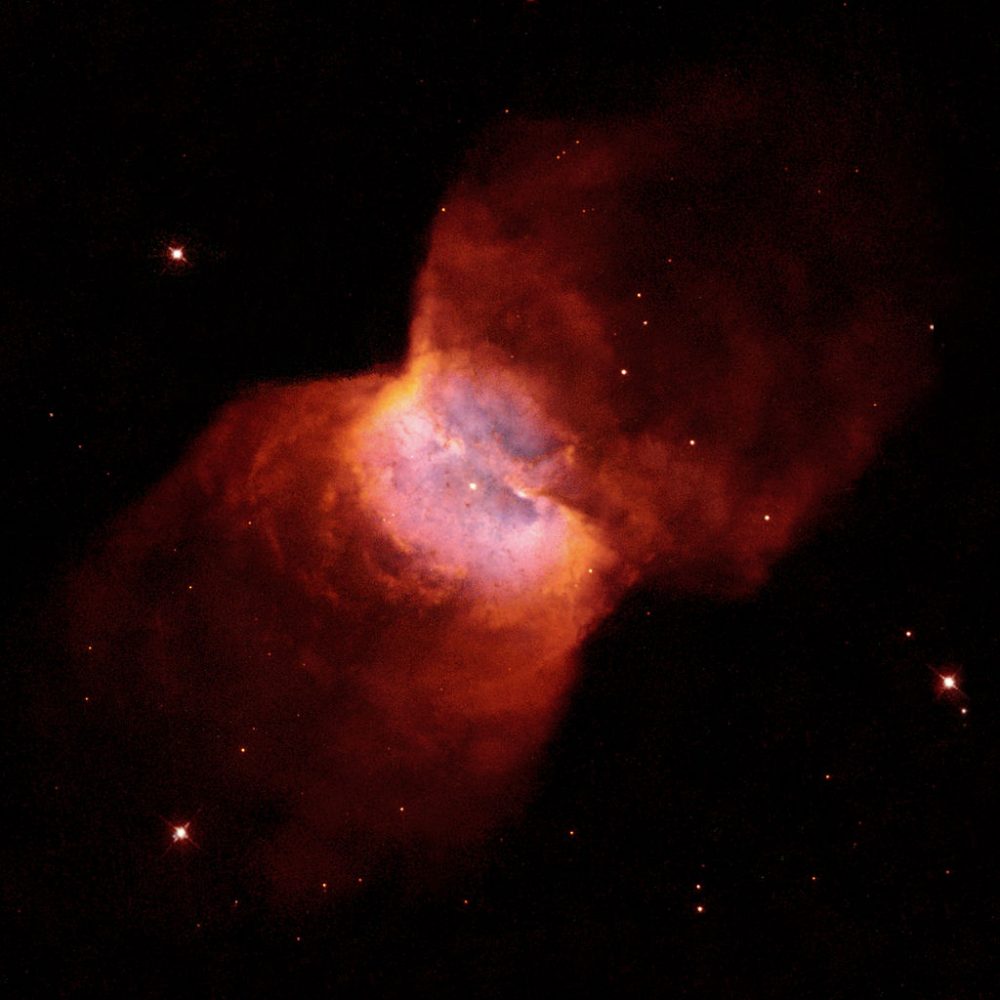 Butterlfly Nebula or NGC 2346 || Planetary Nebula
Butterlfly Nebula or NGC 2346 || Planetary Nebula
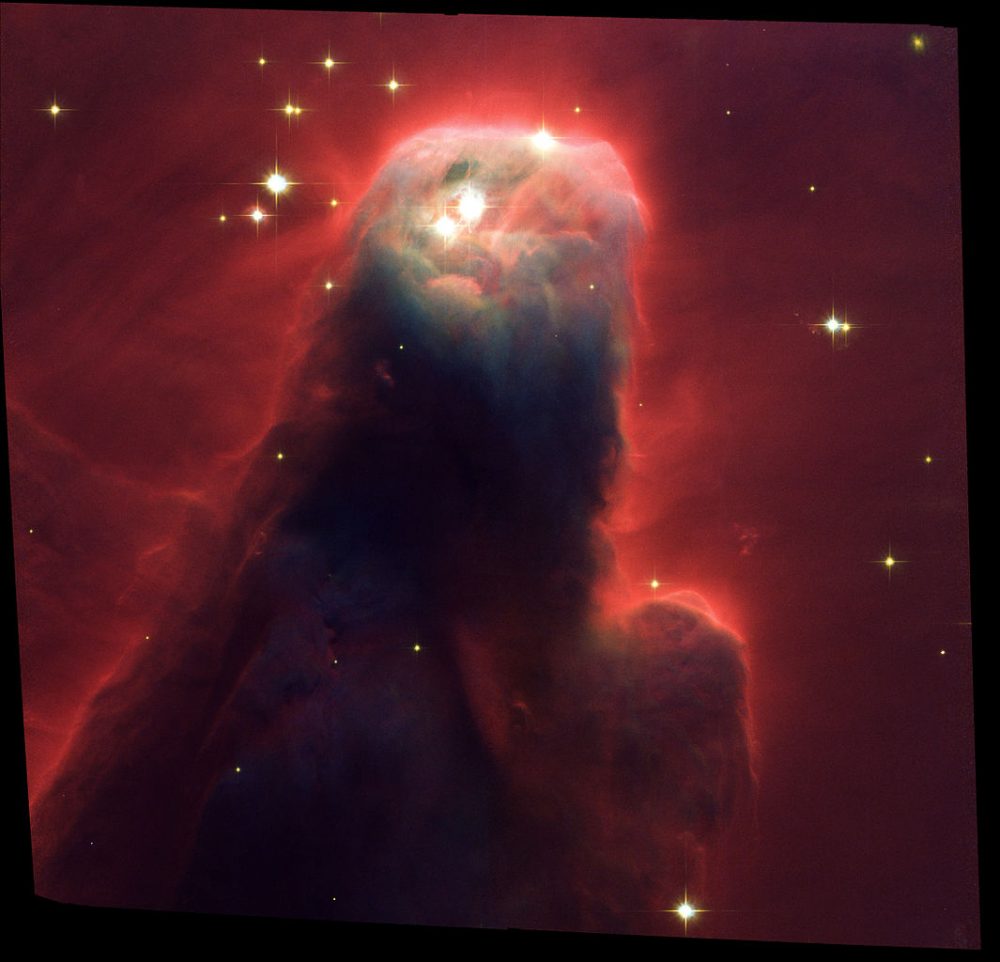 Cone Nebula || Difffuse Nebula
Cone Nebula || Difffuse Nebula
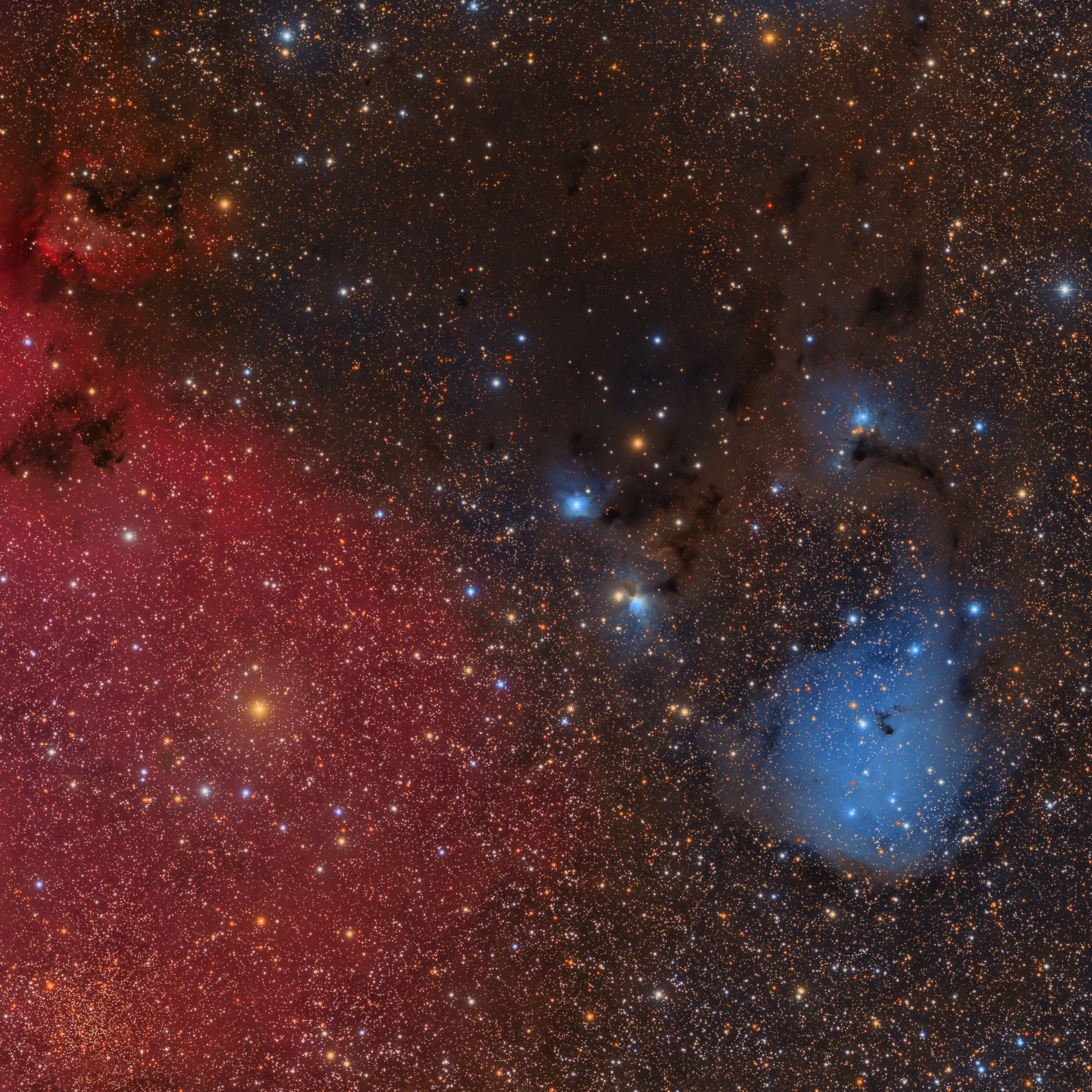 Dreye’s Nebula or IC 447 || Reflection Nebula
Dreye’s Nebula or IC 447 || Reflection Nebula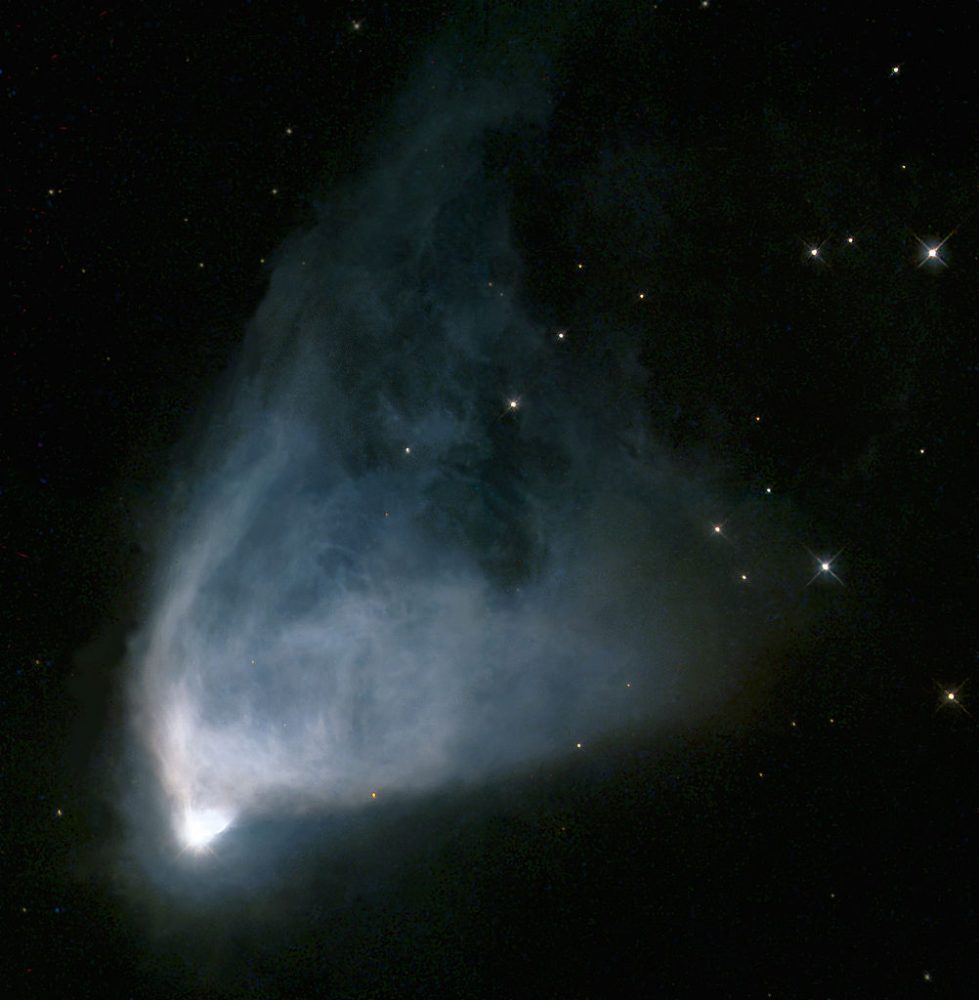 Hubble’s Variable Nebula or NGC 2261 || Variable Reflection Nebula
Hubble’s Variable Nebula or NGC 2261 || Variable Reflection Nebula
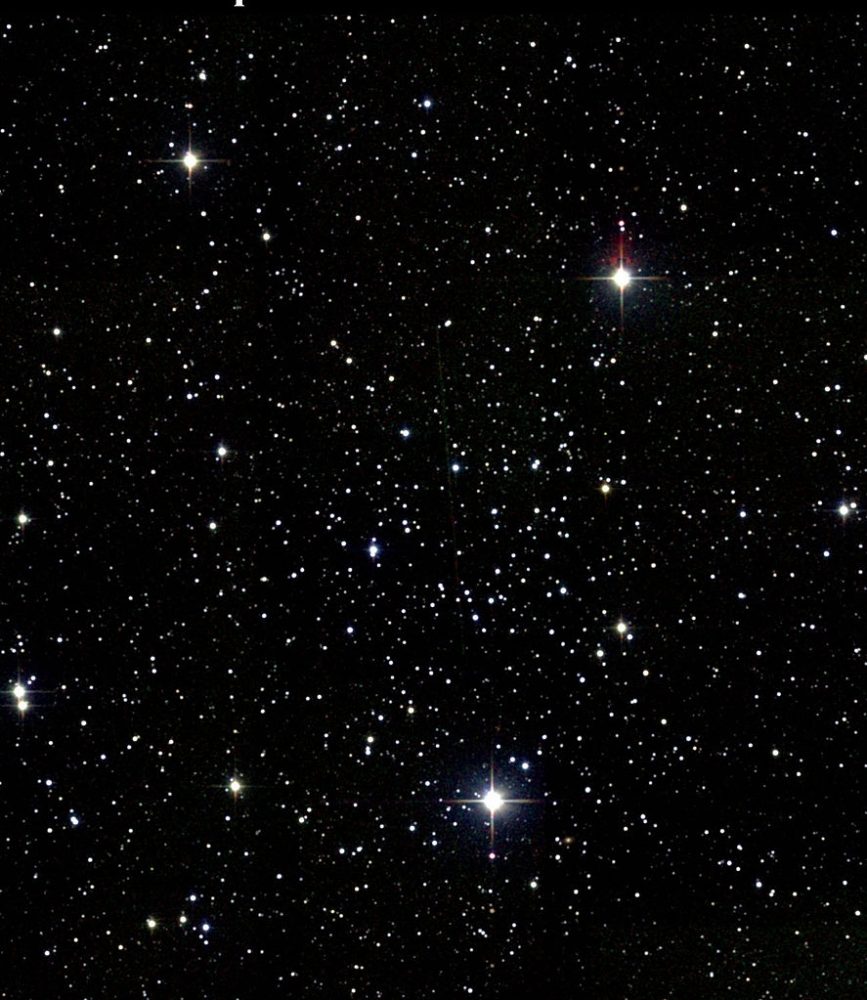 M50 or NGC 2323 || Open Cluster
M50 or NGC 2323 || Open Cluster
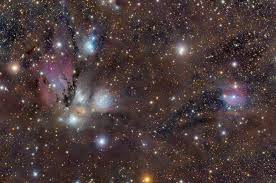 NGC 2170 || Reflection Nebula
NGC 2170 || Reflection Nebula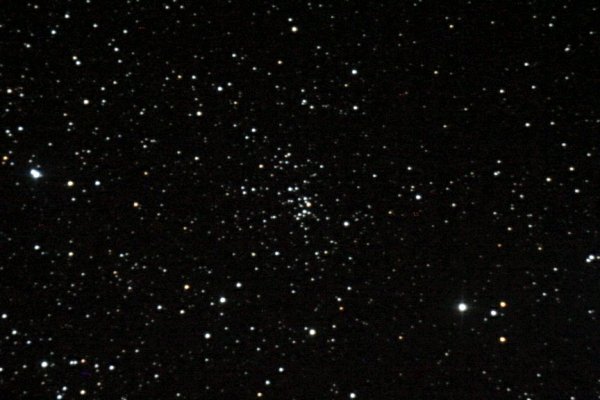 NGC 2254 || Open Cluster
NGC 2254 || Open Cluster
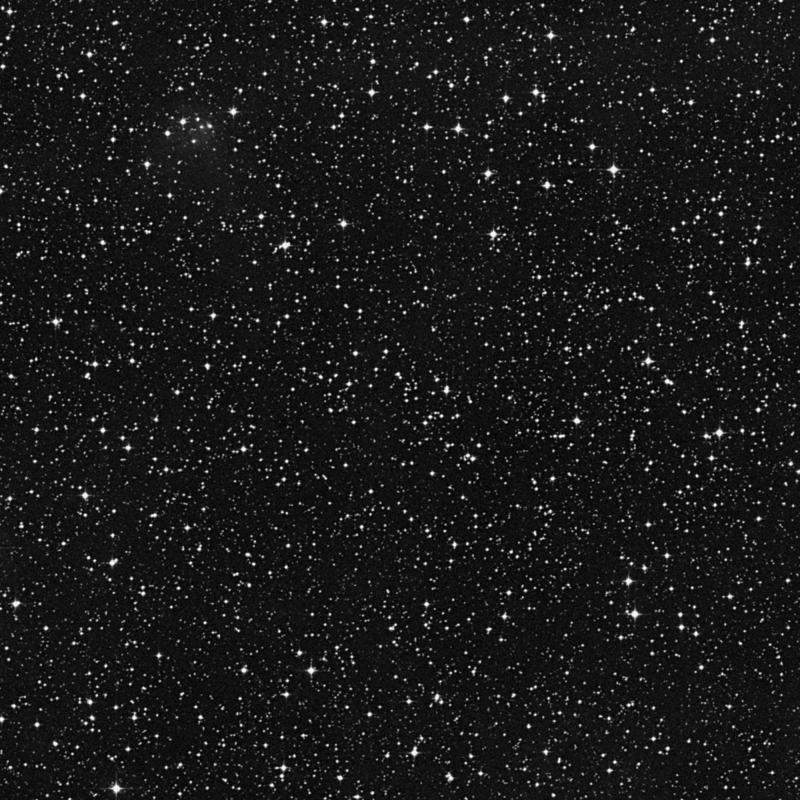 NGC 2349 || Open Cluster
NGC 2349 || Open Cluster
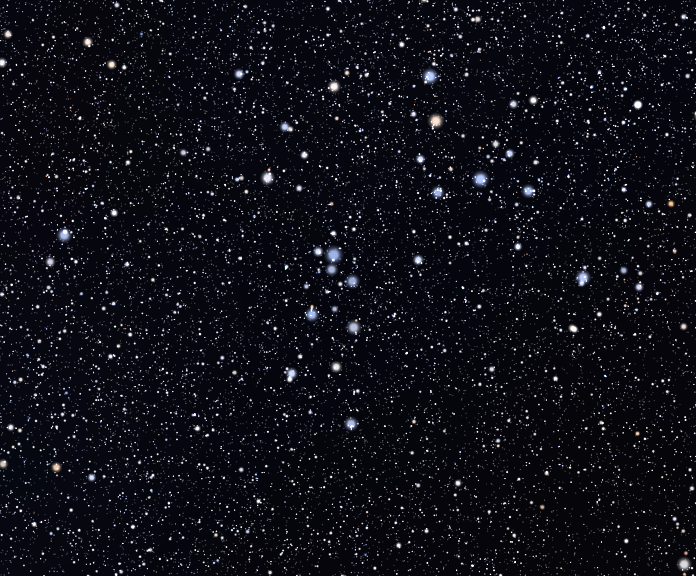 NGC 2232 || Open Cluster
NGC 2232 || Open Cluster


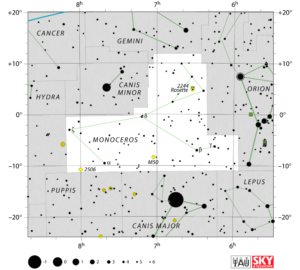 towards east, you will see other constellation named Hydra and Canis Minor. In the North of Monoceros, you will find Gemini and in South, Puppis, Canis Major and Lepus constellations respectively. Monoceros is halfway above and halfway below celestial equator. It is considered as part of Northern as well as Southern Hemisphere.
towards east, you will see other constellation named Hydra and Canis Minor. In the North of Monoceros, you will find Gemini and in South, Puppis, Canis Major and Lepus constellations respectively. Monoceros is halfway above and halfway below celestial equator. It is considered as part of Northern as well as Southern Hemisphere.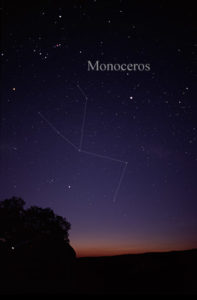 seen from India.
seen from India.